
Our history
1920s - The Azienda Vitivinicola Alfredo Bertolani is founded
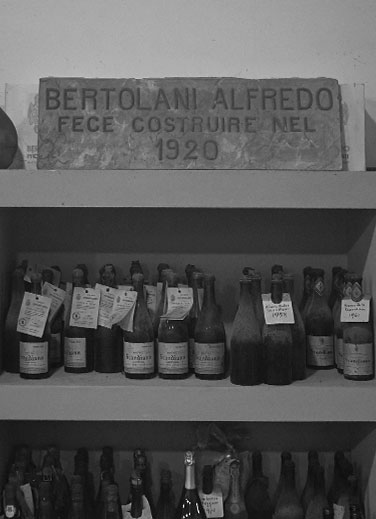
In 1920 Alfredo Bertolani, grape broker, began the construction works for the winery, which was inaugurated five years later. The equipment came from the Società Enologica Scandianese, an association of land owners founded in 1874 to promote local wines in Italy and abroad. After the World Exhibitions in Philadelphia in 1876 and Paris in 1878, the Società Enologica closed down at the end of the First World War.
1930s - Simply Scandiano
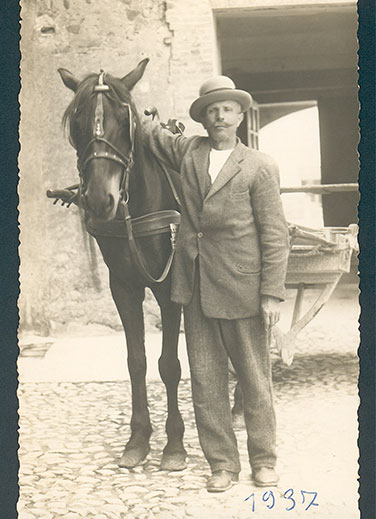
With his knowledge of the territory around Scandiano and the best soils for grape growing, assisted by his sons Vincenzo and Nemesio, Alfredo brought wines of the highest quality to the table, appreciated both in Emilia and Tuscany. His motto was “Simplicity, honesty and cleanliness”, orders were collected by a shake of the hand and kept in mind, as Bertolani became a byword for the guarantee of reliability and distinction.
1940s - A love stronger than war
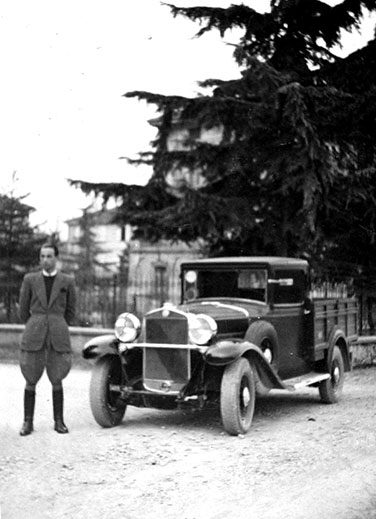
Scandiano did not escape the Second World War. Vincenzo, who had taken over from his father, dismantled the company truck to stop it from being confiscated. At the end of the war, in 1945, it was the only vehicle available for miles, and was used to transport the grapes from the vineyards to the winery.
1950s - The home of white wine
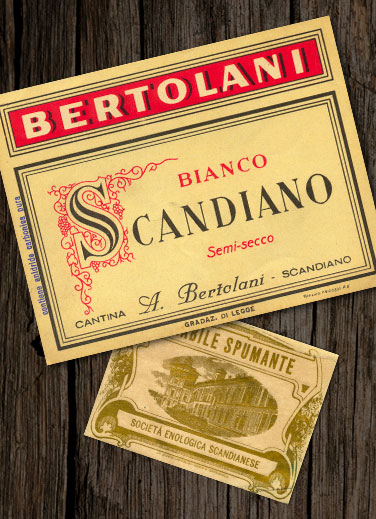
With Vincenzo at the helm, the name “Alfredo Bertolani” became a byword for Spergola, a typical local grape which stood out for its aromatic, convivial attitude. A point of reference for the production of this wine, the company became known as the “Casa del Vino Bianco”, the home of white wine: 40% of local white wine was produced here.
1960s - The Pioneers of zoning
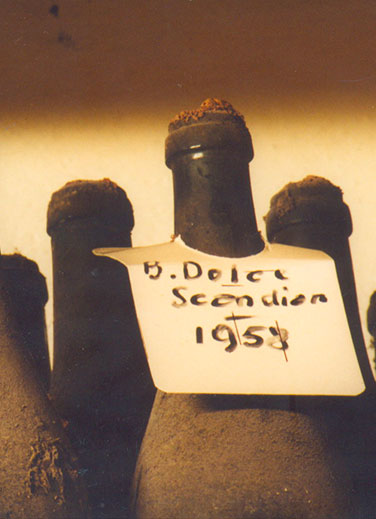
Field by field, row by row, Vincenzo personally visited all the vineyards in the area, selecting the grapes for his wines that were naturally fermented in the bottle. He suggested the best times for harvesting, the best wine varieties to plant, chose different tanks for crushing grapes from nearby vineyards that differed in exposure and altitude. Wine was his life, a courageous love he passed on to his son Giancarlo, who was ready to love it too, in his own way.
1970s - Fermenting technologies and Designations

Giancarlo’s joining the company coincided with a significant period of technological innovation, revolutionising the vinification processes and focusing increasingly on the quality and longer life of the wines. Second fermentation in the bottle was replaced by autoclaves, while water rain pasteurisation replaced the immersion techniques used previously. In 1976 the Pro Loco association in Scandiano commissioned one thousand bottles of “Bianco di Scandiano” as a reference model for the birth of the very first DOC wine of Emilia. In 1977 the company’s wines made their debut abroad, at the London Fair.
1980s - The revolution of sterile bottling
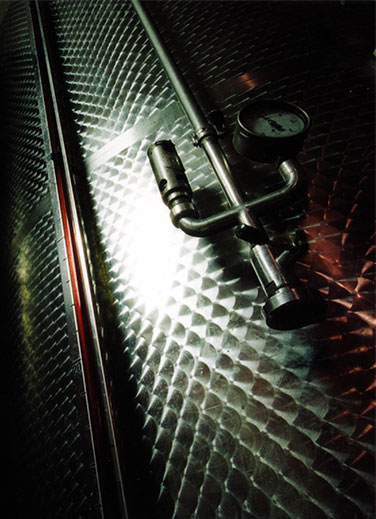
As the production of Lambrusco increased, the company continued to make headway in the technological field. The introduction of sterile bottling in the early Eighties was an innovation that quickly led the company to specialise in this process, also on behalf of other companies. The winery also entered the world of computers, with the arrival of the first PCs.
1990s - The rebirth of Spergola
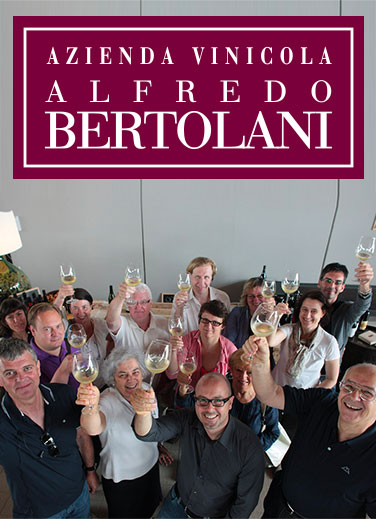
The end of the century was marked by the birth of the new DOC Colli di Scandiano e di Canossa, the rediscovery of Spergola as a leading local variety and greater attention to the bottle and its ability to tell the story of the wine and the identity of a territory. Ahead of its time, using modified atmosphere bottling techniques, the company solved the delicate problem of oxidation of the wine.
2000s - New headquarters, new boundaries

n 2008, the fourth generation of the Bertolani family, Nicola, Andrea and Elena, together with their father Giancarlo, made a dream come true in the form of new headquarters. On the edge of town, yet still in the heart of Spergola country, blending into the landscape with a very green soul. Precious collaboration began, with exports constantly increasing, to the United States, Canada, China, Japan and Europe: new challenges that helped the winery to grow, extending the boundaries of Scandiano into the world.
